home vintage cameras index

I've run several rolls of 120 film through the camera since getting it fully restored, and it has lived up to my expectations and then some. The images it produces have the glow and a depth of tonality that one hopes for from old lenses and a 6x9 format. The lens seems free of any distortion and it is exceedingly sharp, allowing very big enlargements or severe crops while still maintaining excellent image quality.
Below are some sample photos from the camera:
The folding models all had some provision for adjustment to meet varying conditions including focus, aperture and shutter speed. Kodak was rather indiscriminate in assigning model names, so it is a little hard to sort out the different models sometimes because one has to look closely to see the differences. That said, the No.2 Folding Hawk-Eye Special is a rather unique member of Kodak's early-century lineup.
The term "Special" was used by Kodak to denote a camera model that had an above-average lens, and possibly a bit better fit and finish. In the case of this Hawkeye, the lens is the Kodak Anastigmat f-6.3 105mm, with an aperture adjustment closing down to f-32. The Kodex shutter has settings of "T", "B", 25 and 50. Continuous focus is achieved by advancing the bed on which the lens is mounted using a helical screw and a scale with settings ranging from 6 feet to infinity. An especially nice feature of the camera is a relatively large viewfinder with magnifying lenses that yields quite a bright view of the subject. There are no patent dates inscribed on this Hawk-Eye. One authority, Brian Coe, lists the camera with production dates of 1929 to 1933.
My previous experience with Kodak folders had been with lenses that were of simpler design: the one-element meniscus, the Rapid Rectilinear, and the mid-level Kodar. Since my results from those lenses had been excellent, it seemed like the possibilities for the advanced Anastigmat were very promising. Before I could find out, though, I needed to deal with the camera's severely deteriorated bellows. I tried black fabric paint, liquid electrical tape and actual electrician's tape to cope with the bellows leaks. None of all that got the job completely done, so I put the camera aside until my friend, Don Day, was able to ride to the rescue with a new, old-stock bellows, and the skills to install it.
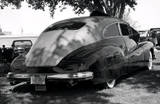
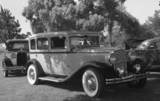
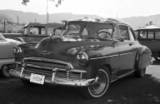
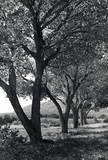
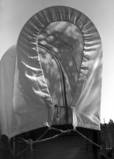
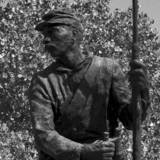
home vintage cameras index
 © mike connealy
© mike connealy